-
Products & Markets
Find Your PolymerCan’t find what you’re looking for? Speak to an ExpertFIND YOUR POLYMER BY MARKET & APPLICATION
- Silicate Paints
- Mosaic Plaster
- Concrete Sealer & Sealants
- Metal & Industrial Coatings
- Interior & Exterior Paints
- Wood & Furniture Coatings
- Penetration Primer & Primers
- Automotive Underbody
- Elastomeric Roof Coatings
- Liquid Applied Sound Damping
- Mulch Coatings
- Thickener
- EIFS & Stucco
- Recreational Surfaces
- About
- Blog
-
Products & Markets
Find Your Polymer
- Silicate Paints
- Mosaic Plaster
- Concrete Sealer & Sealants
- Metal & Industrial Coatings
- Interior & Exterior Paints
- Wood & Furniture Coatings
- Penetration Primer & Primers
- Automotive Underbody
- Elastomeric Roof Coatings
- Liquid Applied Sound Damping
- Mulch Coatings
- Thickener
- EIFS & Stucco
- Recreational Surfaces
Can’t find what you’re looking for? Speak to an Expert - About
- Blog
 Construction
Construction
 Nonwovens
Nonwovens
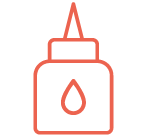 Adhesives
Adhesives
 Textiles
Textiles
 Printing & Packaging
Printing & Packaging
 Paper
Paper
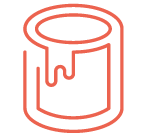 Paints & Coatings
Paints & Coatings
 Paper
Paper
 Textiles
Textiles
 ADHESIVES
ADHESIVES
 Nonwovens
Nonwovens
 Paints & Coatings
Paints & Coatings
 Construction
Construction
 Printing & Packaging
Printing & Packaging
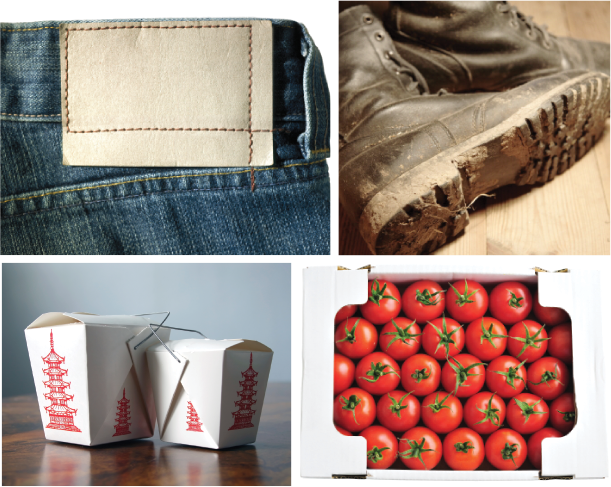


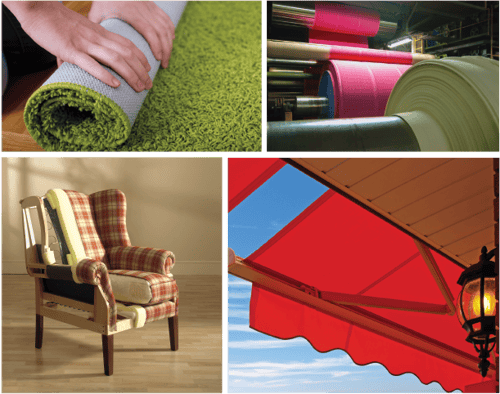 In carpet and textiles, emulsion polymers are used to improve functional and aesthetic properties. The main goal in using an emulsion polymer is to improve the performance characteristics of the textile. It's generally applied as part of the finishing operation and is typically intended to be permanent.
In carpet and textiles, emulsion polymers are used to improve functional and aesthetic properties. The main goal in using an emulsion polymer is to improve the performance characteristics of the textile. It's generally applied as part of the finishing operation and is typically intended to be permanent.
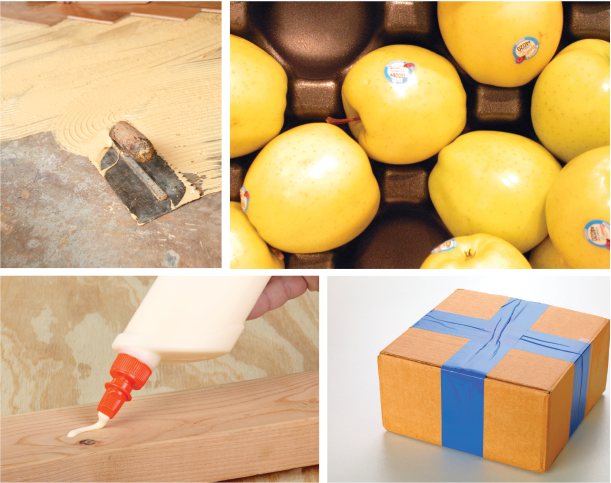
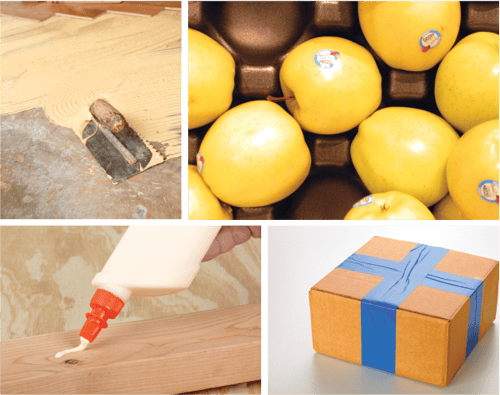 The applications for adhesives are almost limitless. From shipping labels to construction adhesives, masking tape to removable films, adhesives are a fixture in everyday life. Formulating an adhesive is often about finding the right combination of tack, peel and shear for a given application and substrate.
The applications for adhesives are almost limitless. From shipping labels to construction adhesives, masking tape to removable films, adhesives are a fixture in everyday life. Formulating an adhesive is often about finding the right combination of tack, peel and shear for a given application and substrate. 
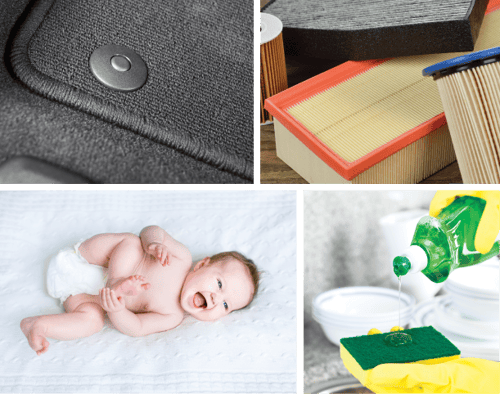 Synthetic latex polymers are used in the production of nonwovens to achieve the chemical bonding of the fibrous structure. They are used to overcome the limitations of nonwovens in properties such as structure, stiffness, strength, and dry cleaning capability. Synthetic latex polymers are selected on the basis of cost and performance characteristics like strength, durability, and compatibility with additives.
Synthetic latex polymers are used in the production of nonwovens to achieve the chemical bonding of the fibrous structure. They are used to overcome the limitations of nonwovens in properties such as structure, stiffness, strength, and dry cleaning capability. Synthetic latex polymers are selected on the basis of cost and performance characteristics like strength, durability, and compatibility with additives.
 Paints and coatings are used to protect substrates and provide required performance characteristics. The list of requirements for paints and coatings is broad and complex. Strength, flexibility, adhesion, and water resistance are just a few of the most common performance requirements. Meeting these requirements requires formulating with sophisticated polymers optimized for the specific application.
Paints and coatings are used to protect substrates and provide required performance characteristics. The list of requirements for paints and coatings is broad and complex. Strength, flexibility, adhesion, and water resistance are just a few of the most common performance requirements. Meeting these requirements requires formulating with sophisticated polymers optimized for the specific application.
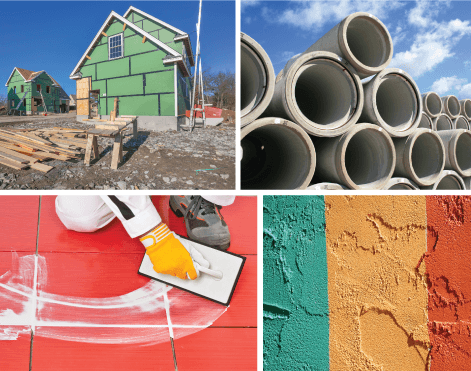 There are many uses for synthetic emulsion polymers in Construction, whether building a home or a commercial property like a new school. A few key applications are waterproofing, structural adhesives, tracks and tennis courts, and road construction. Synthetic latex based cement products are used in a variety of applications such as asphalt modification, concrete repair systems, exterior masonry systems, grouts and mortars, flooring and bridge-deck structures.
There are many uses for synthetic emulsion polymers in Construction, whether building a home or a commercial property like a new school. A few key applications are waterproofing, structural adhesives, tracks and tennis courts, and road construction. Synthetic latex based cement products are used in a variety of applications such as asphalt modification, concrete repair systems, exterior masonry systems, grouts and mortars, flooring and bridge-deck structures.
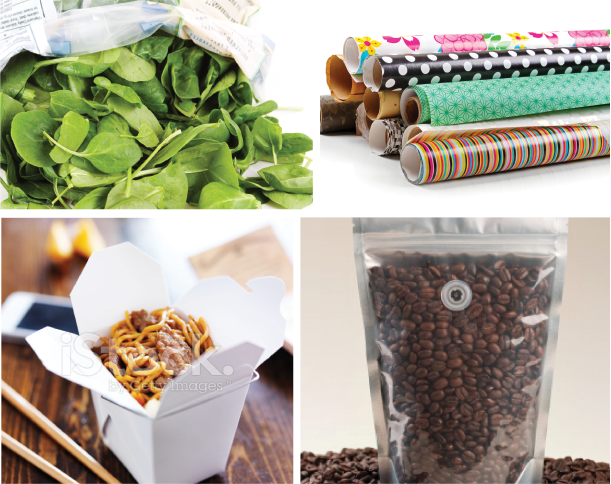
 MCP has products optimized for the many substrates found in packaging applications, such as coated paper, paperboard and flexible films. Surfaces look and perform better when coated with a styrene acrylic and acrylic polymer emulsions or with a styrene-butadiene latex, all of them designed to accept ink, create gloss, form a barrier, etc.
MCP has products optimized for the many substrates found in packaging applications, such as coated paper, paperboard and flexible films. Surfaces look and perform better when coated with a styrene acrylic and acrylic polymer emulsions or with a styrene-butadiene latex, all of them designed to accept ink, create gloss, form a barrier, etc.
